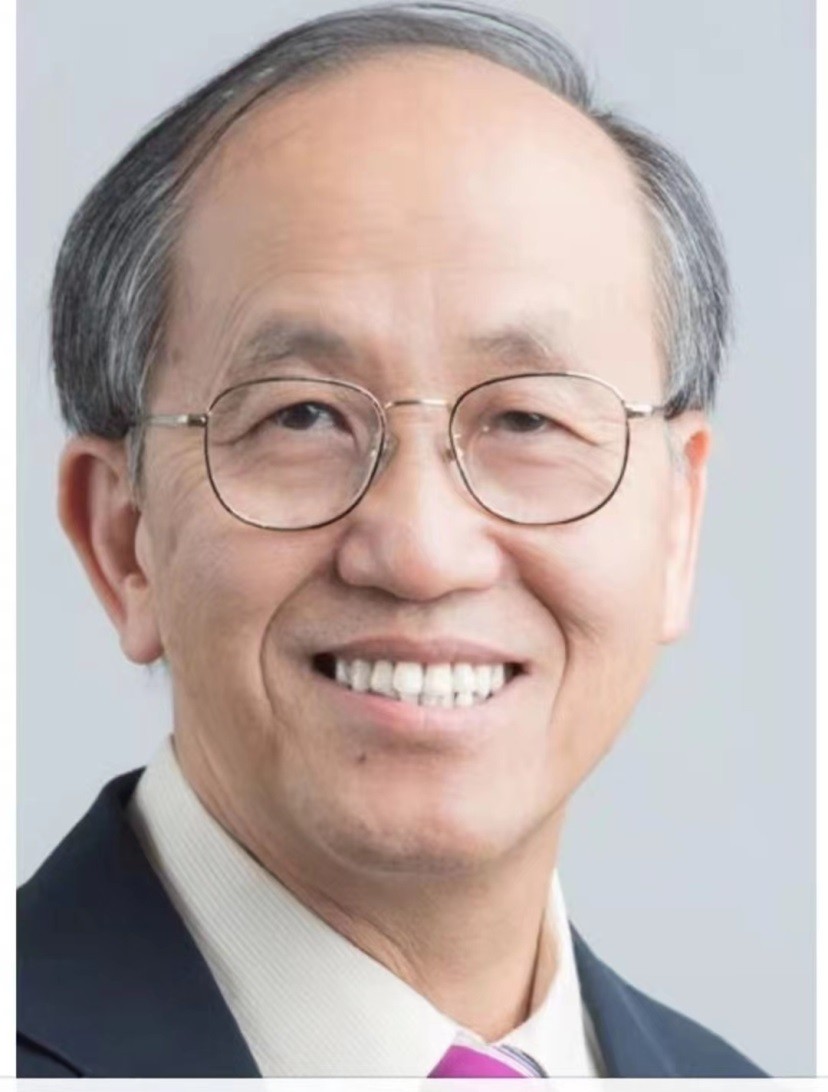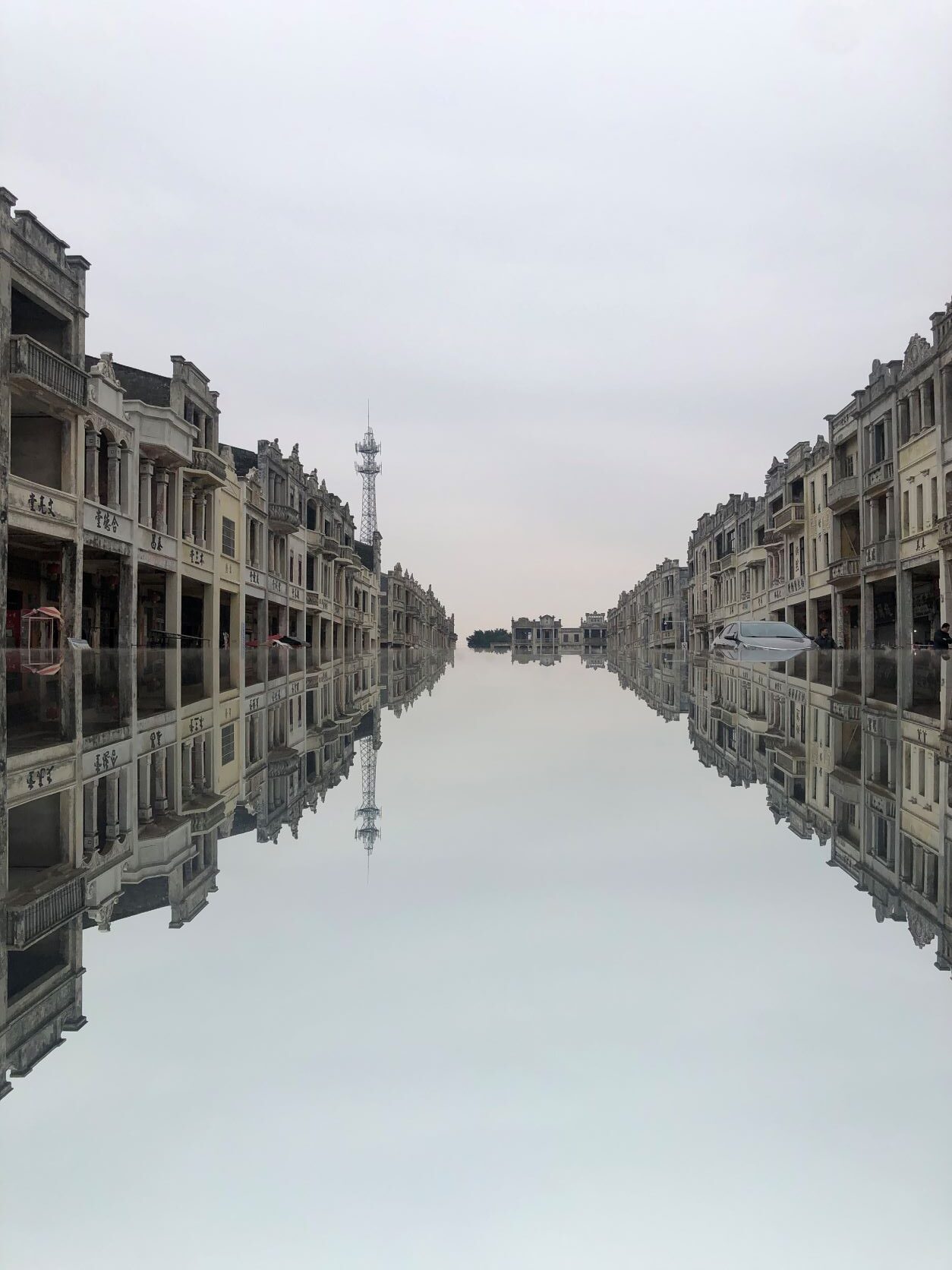Hengqin ‘Second-line Operation’ Facilitates Convenience for Residents
On March 1, 12:00 AM, the Hengqin Guangdong-Macau In-Depth Cooperation Zone (Hengqin Zone) has officially implemented a second-line customs operation that permits most goods to move tax-free from Macau to the Hengqin island. The policy is viewed as a big move promoting the integration of Hengqin and Macau. The cooperation zone follows a tax policy and regulatory model of “loosening restrictions at the first line and tightening control at the second line.”
The term “first line” refers to the border between Hengqin and Macau, corresponding to the existing customs layout in Hengqin. “Loosening restrictions at the first line” means that customs management related to goods, taxes, and certificates is moderately relaxed. However, the “second line” represents the channels connecting Hengqin to other regions within mainland China. These channels include the Hengqin Bridge, Hengqin Tunnel, Shenjing Tunnel, Hengqin Port, Guangzhou-Zhuhai Intercity Rail Extension Line (Hengqin Station and Changlong Station), and the Cross Gate Tunnel.
Upon entering the new area, after descending from the Hengqin Bridge, you would encounter a checkpoint resembling a highway entrance or exit. This checkpoint represents the “second line” where effective supervision is applied to goods that have been relaxed at the first line. For instance, goods that enter the cooperation zone through the first line as bonded or duty-free items and are subsequently sold to mainland China via the second line, they must undergo import customs procedures, tariff collection, and quota/license verification.
Eloquently impact of the “first line” and “second line” primarily pertains to goods, with minimal effects on the movement of individuals. Travel documents still remain unchanged after the activation of the first and second lines. Hong Kong and Macau residents, mainland Chinese residents, and foreigners crossing the “first line” (the border between Macau and Hengqin) continue to use the same travel credentials as before. Similarly, when crossing the “second line” (the checkpoints between Hengqin and other mainland Chinese regions), individuals face no restrictions and require no additional travel documents, maintaining the same ease of movement as before the new customs operation.
Macau residents are the initial beneficiaries of Hengqin’s second-line operation. Those who are studying, working, dong businesses, or living in the cooperation zone can now bring processed meat, dairy products, cooked eggs, vegetables, and fruits from Macau into the zone, enhancing the convenience and living environment for Macau residents in Hengqin, and creating a valuable new development space for emerging industries and business models.
Two “New Home” channels have been added at the Hengqin Port to further facilitate the movement of Macau residents between Hengqing and Macau for study, residence, entrepreneurship and employments. These channels allow for one-time exit and security checks. Implementing innovative measures like the “New Home” convenient channel, optimizes the experience and travel efficiency for residents, reinforcing Hengqin’s status as a “new home” for Macau residents.
Since the sale of the Hengqin-Macau New Neighbors project began on November 28, one-third of the units have been subscribed. The first batch of Macau families have moved in, sharing photos of their homes and the community’s scenic views on WeChat and other platforms. The new customs policies will further facilitate the movement of New Neighbors residents between the two places.







